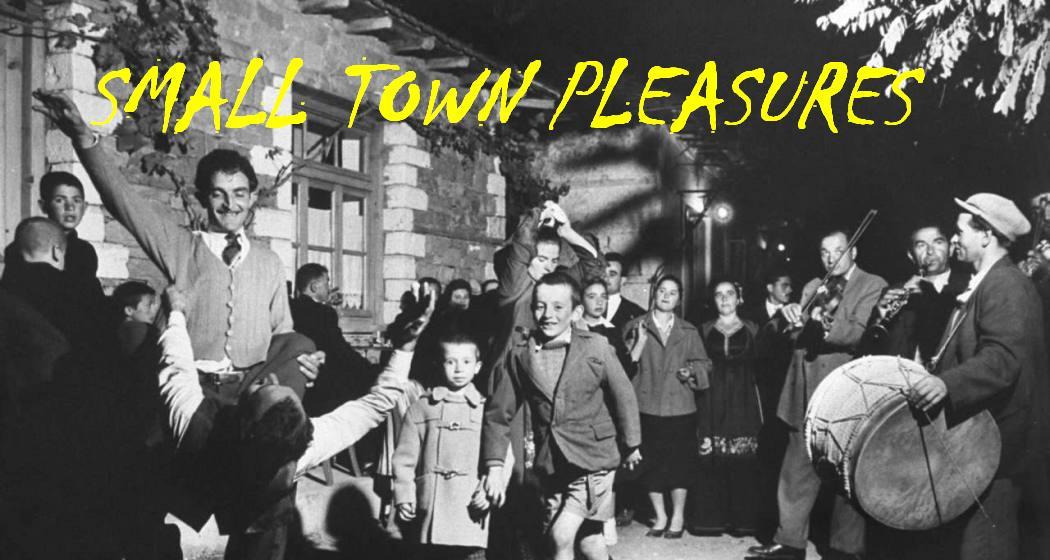

 REQUEST No 1
REQUEST No 1
Sextet Capability Brown were quintessentially multi-instrumentalists that could whip up CSN harmonies with the slightest of ease. The first watering was when ex Moments bassist Kenny Rowe, bassist /vocalist Tony Ferguson and percussionist Joe Williams from Tony Rivers’ folky Harmony Grass joined ex Gremlins Roger Willis and ex Fuzzy Duck guitarist/lute/balalaika player Grahame White to form Capability Brown. Under the Charisma umbrella the group launched their first single “War” in 1971 followed by the 1972 debut album From Scratch. The entirety of the album was a blend of art rock projection with a shimmer of Prog tracing on tracks like “Rayge” and the concept “Sole Survivor”, song about escaping the holocaust in a time machine. From Scratch had a lot of power as in the bass thundering “No Range” with Ferguson playing some sizzling flute coupled with Climax Blues styled harmonies. Atmospheric renditions of Rare Bird’s “Beautiful Scarlet” and “Red Man” plus a severing version of Argent’s “Liar” (Russ Ballard) / “Keep Death Off The Road” with White slicing emphatically was superb in the making. (later covered by Three Dog Night) These cats were harmony kings that could fuse folk with rock in the same spaces as Gentle Giant or Hookfoot. By 1973 Capability launched Voice which opened up with Affinity’s “I Am And So Are You” written by another Charisma student Alan Hull from Lindisfarne. This album holds their greatest number “Sad Am I” with a definite nod to Marmalade, Stealers Wheel or Iveys.
...........................
Capability Brown had and still have a cult following in UK music history as a "progressive" band, ultimately based on an outstanding piece from their second album, Voice. But largely their range covered mainstream pop music, treated in an "arty", alternative fashion. The band was a six-piece in which everyone sang and played instruments. The line-up consisted of Tony Ferguson (guitar, bass), Dave Nevin (keyboards, guitar, bass), Kenny Rowe (bass, percussion), Grahame White (guitar, lute, balalaika, keyboards), Joe Williams (percussion) and Roger Willis (drums, keyboards).
Ferguson and Nevin wrote the majority of the band's material, and the band also excelled in covers of obscure material (Rare Bird's Beautiful Scarlet and Redman, Argent's Liar, Affinity's I Am And So Are You and Steely Dan's Midnight Cruiser).
Capability Brown's forte was vocalizing. Together they sounded not unlike The Association: a massed choir of voices, ranging from baritone to high clean falsettos. Their first album, From Scratch, which included Liar, was average and unexceptional. The second album Voice, released in 1973, was their claim to fame, incorporating an over-20-minute richly melodic piece called Circumstances (In Love, Past, Present, Future Meet) - a stunning piece of music incorporating keyboards, a cappela voices, synthesizers and mellotrons, solo vocals, delicate harpsichord-like acoustic guitar sections, powerful electric guitar chords and massed vocal choirs.
The band did not manage to record again after this, and in 1974 Tony, Roger and Graham were recruited by friend and Christie member Roger Flavell to join his group, Christie for a tour of South America. Thus Capability Brown was no more.[progarchives]
Here


















































































.jpg)

